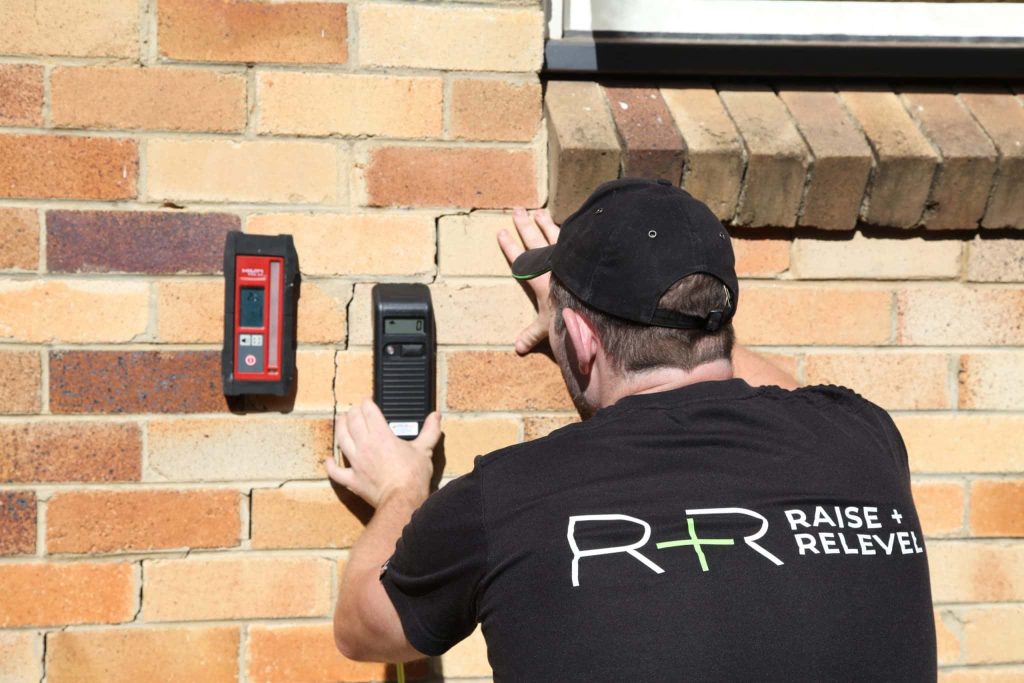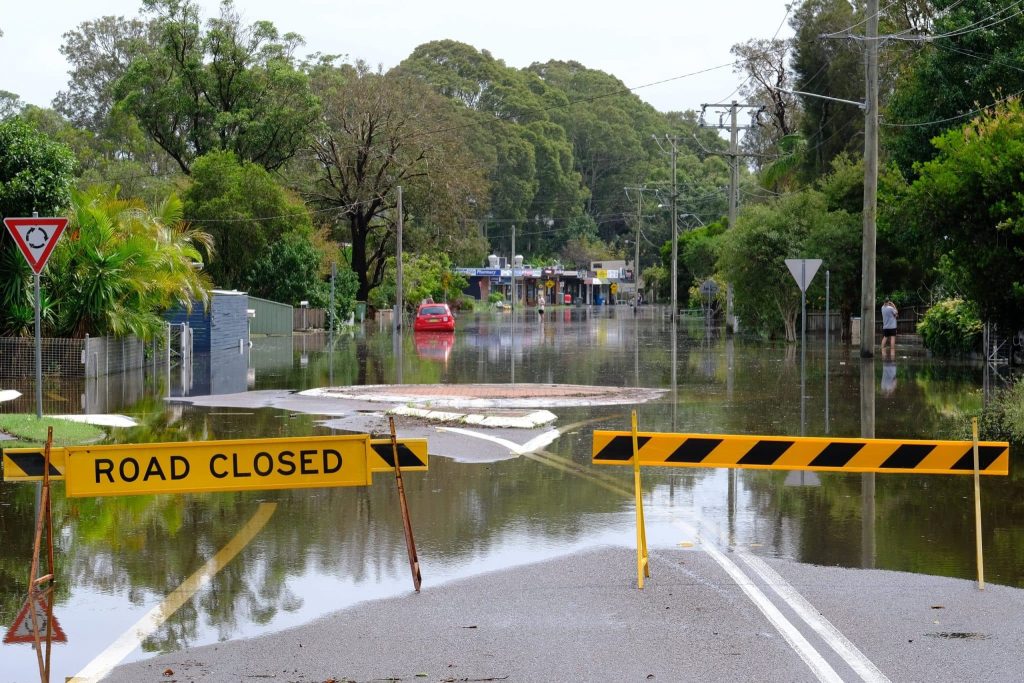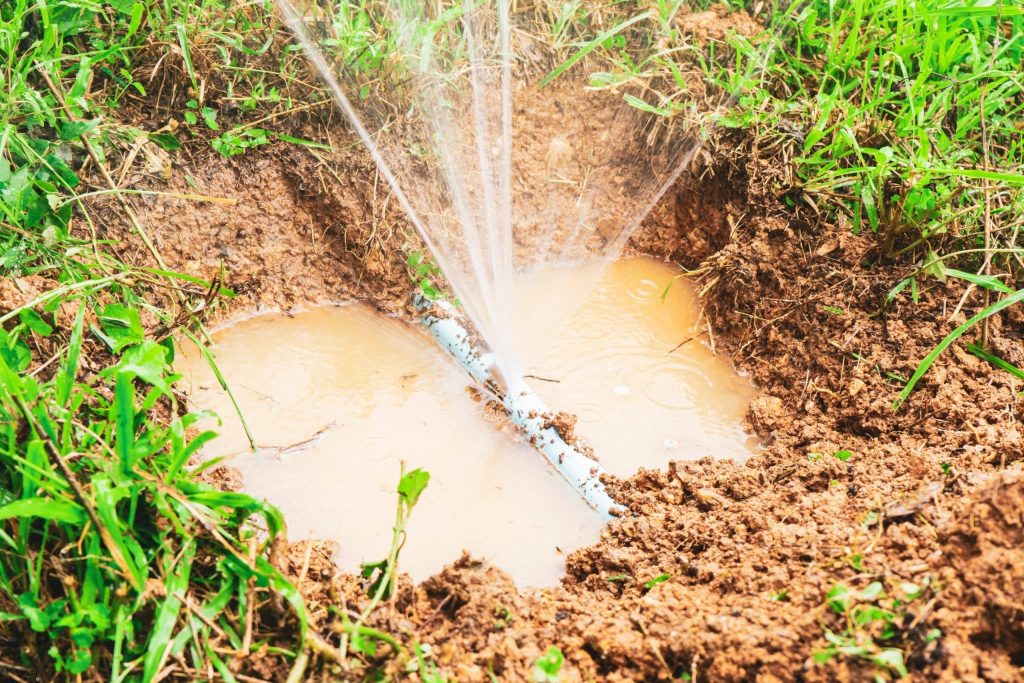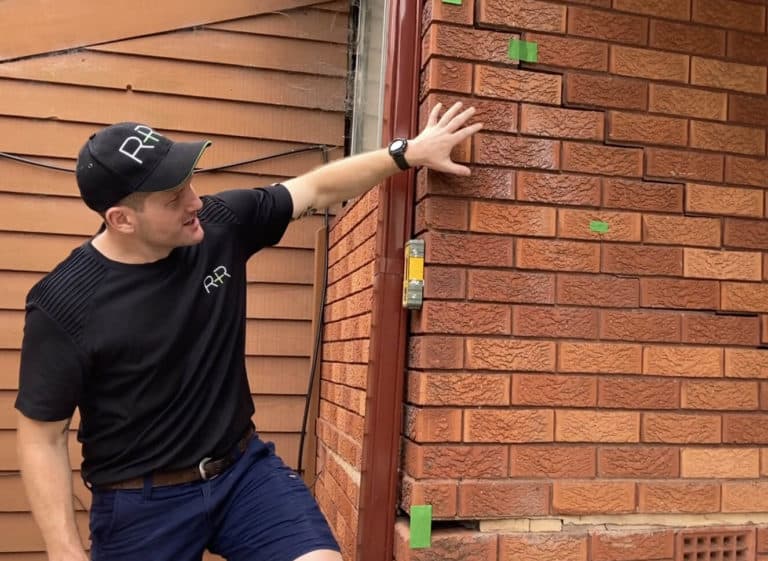What is house underpinning? Some experts would tell you if the bones are good, the rest doesn’t matter and that’s true because the building foundation of your home is what supports those bones. Underpinning a house is a safe and reliable way to redistribute the balance by enforcing the existing foundation.
Traditional underpinning reinforces a weak foundation to strengthen it and involves excavating to allow new supports to be put in place. By widening and reinforcing the foundation, underpinning allows for better weight distribution to support the structure.
Why Underpinning is Needed
There are various reasons why structural underpinning is necessary, but we detail the most common reasons below.
- Soil issues
Ground conditions matter. Reactive clay soils can be a major issue for structural problems as can excavations nearby. As soil erodes, the issue tends to worsen.
- Foundation issues
You have to expect some wear and tear as your property ages, and if there are other mitigating factors, you’re more likely to deal with these types of issues.
- Structural modifications
If the property has been extended or had an additional story added, then it could fast-track foundational problems.
- Inadequate original foundations
Something we commonly see in older homes is inadequate original foundations, especially if work has been completed more recently.
- Subsidence
Foundation settlement is one thing, but if your home looks like it’s sinking, it might just be! There are several contributing factors to subsidence, but subsidence caused by soil erosion below the surface destabilising the home’s structural integrity.
When Underpinning is Necessary: How to recognise the signs
Now you know what can contribute to the problem, but what signs should you be looking for? Foundation repair is necessary if you see any of these problems around the house.
- Cracks
Not all cracks in walls are a nefarious sign of serious structural damage. However, if you notice cracks around the doors or windows, this is an indication of sinking foundations. So keep an eye on cracked walls.
- Sloping floors
If your floors or sloping, uneven, or sagging, it could suggest foundation movement that demands a permanent fix.
- Sticking windows and doors
When windows stick and doors jam, this is an obvious and early sign of a problem and you should call an underpinning specialist to stabilise the foundation.
- Gaps
If there are gaps between ceilings and floors or walls, this indicates a serious building foundations fail.
- Visible leaning or sinking
A qualified structural engineer can complete a site assessment to give you a clearer idea of what you’re dealing with, but if your home is visibly leaning or sinking, there’s no time to waste.
Methods of Underpinning
There are different methods of underpinning and while they ultimately serve the same purpose, they come in at different budgets and timelines. Which type of underpinning is right for you? There are three main options available.
- Concrete Slab Underpinning
This method requires excavation around the existing foundation; once this part of the task is complete the concrete will be poured to create new footings that reinforce the foundation.
- Screw Piles
Screw piles exist alongside the existing footings and in this method, the building will be lifted to install steel piers for support and levelled to its original position to close any cracks and gaps.
- Resin Injection Underpinning
Resin injection is a popular option these days and that’s because it’s less invasive, quicker, and cheaper than the alternatives. In the case of resin injection, an underpinning contractor will drill holes strategically before injecting resin to raise and level the property.
Important Considerations Before Underpinning
There is a lot to consider before you reach out to an experienced contractor to carry out the work. Yes, you want cost-effective solutions if your house needs underpinning, but it’s important to understand the factors affecting your property now that you’ve experienced subsidence.
Professional Help is Crucial
You must enlist the services of an experienced, reputable contractor who will fully assess the situation before they dispense advice and offer you a quote. R+R has been successfully raising and re-levelling homes for decades, with more than 7,000 projects to date.
Underpinning Costs: The Factors
Various factors influence the cost of underpinning. Three main factors influence cost, including the extent of the damage, the method of underpinning, and the size of the house. The best way to get a clear idea of the cost of your project is to get in touch with several contractors for quotes. For example, resin injects are cheaper than screw piles.
Risks
No matter which method of underpinning you choose, every project is a significant undertaking and there are risks involved. Ultimately, the most effective way to mitigate the risks associated with underpinning is to enlist a reputable, qualified contractor.
You should expect some level of disruption, it can be noisy work and contractors will need access to your home to complete the job.
Insurance Coverage
It’s unlikely that the work will be covered by your home insurance policy. The symptom that underpinning addresses is viewed as gradual deterioration. However, if there is a sudden, unexpected event that leads to subsidence, you may have some success. For example, a sudden rain event that caused flooding may qualify. It’s always wise to check your policy.
Summing up
You rely on your home’s foundation to support your home and when it can no longer do the job, void filling beneath the existing foundation will help prevent further damage. With several methods, you’ll find the right solution to address footing movements and reinforce the existing foundation stumps.
If you’ve noticed cracked walls, jammed doors, gaps, or visible leaning, it might be time to call the professionals. Raise & Relevel operates in and around Canberra, Brisbane, Melbourne, and Sydney and can provide cost-effective solutions for all your underpinning needs.
Frequently asked questions
Can you still live in your house?
If your house needs to be underpinned, you can still live in it. As for living in your home while it’s being underpinned, that depends on the process the contractor will be using. You can speak to them about this.
It’s important to address the issue before buyers can’t secure a mortgage to purchase it due to subsidence.
Does a crack in your home always mean subsidence?
No, a crack doesn’t always mean it’s a problem with your house foundations. Small cracks can be addressed with painting and decorating. Worry about the big cracks, especially if they are around the doors and windows or you notice gaps between floors, walls, and ceilings.
How does underpinning work?
The process will depend on the type of underpinning you choose. The cement underpinning project involves excavation, whereas resin injection only requires drill holes.





